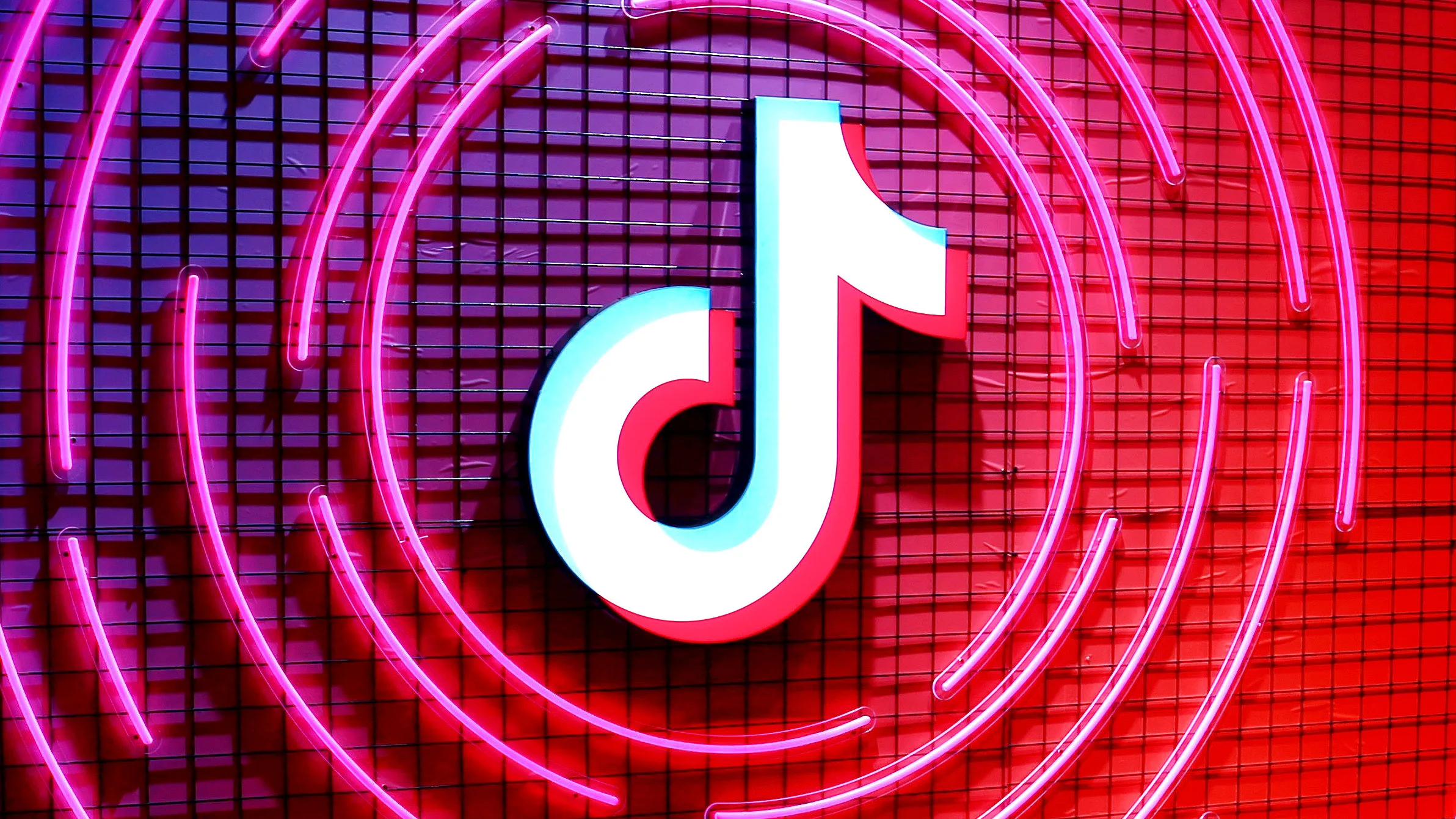Introduction
As TikTok is not the most stable platform in social media, most people wouldn’t think it’s the most stable platform. Still, the truth remains that the channel is the most popular in the social media industry and keeps growing with an astronomical increase. However, from its statistics of more than 1 billion active users globally, you will notice that the makeup of the user base of TikTok mainly comprises people within the Gen Z and Millennial generation, providing businesses the opportunity to reach younger, digitally informed consumers.
This format also makes TikTok a very engaging platform, generating an average of 52 minutes per day spent! TikTok is a lucrative revenue source by advertising strategy, considering this user activity level.
Understanding TikTok’s Advertising Options
This work I’m doing, helps me explain everything I feel is important to know about TikTok ads and what I’ve learned about making money on TikTok when I’m the ripe old age of 35, so I’m going to cover how you make money on TikTok with me. To this end, we’ll examine a variety of ad formats, how to create compelling content, how to target a particular audience, how to measure success, and who you can learn from as you build these brand case studies. Gaining real views on your TikTok account builds a solid presence and attracts authentic engagement, which will help you grow a loyal audience organically. Ultimately, you’ll be equipped with the proper knowledge to use these tactics to aid your advertising endeavors on TikTok.
From ads to branded content, TikTok has a range of advertising formats that suit your unique marketing goals and the audience’s involvement. The right ad format matters; choosing it well means maximizing impact and revenue. Here’s a breakdown of the primary ad formats available on TikTok:
In-Feed Ads: They place these ads within the user’s ‘For You’ feed, where native engagement is enjoyed.
TopView Ads: This is a full screen ad the moment the app opens and grabs the user’s eyes just like that.
Branded Hashtag Challenges: It encourages user generated content inviting users to participate in a challenge using a unique hashtag.
Branded Effects: It lets brands build custom filters and lenses for their content for people to apply to their content.
| Ad Type | Key Features | Approximate Cost |
| In-Feed Ads | Native integration, skippable, interactive elements | $10 per CPM |
| TopView Ads | Full-screen visibility, non-intrusive, high impact | $65,000 per day |
| Branded Hashtag Challenges | User-generated content, viral potential, brand engagement | $150,000 for 6 days |
| Branded Effects | Custom filters, high engagement, brand interaction | $100,000 for 30 days |
Once you become familiar with the different formats and their features and costs, brands can modify their TikTok advertising strategy to support reaching a desired target audience through the most effective route possible.
Crafting Engaging TikTok Ads
In the ever changing world of Tik Tok, creating content that can be shared creatively and engaging will sell. Unlike traditional platforms, TikTok perpetuates authentic, engaging content in order to have people respond to it. That’s why we’ll take a look at how to use this potential to create great ads.
The Power of Creativity And Storytelling
The big success of TikTok ads tends to be based on telling a story or a creative concept that causes a viewer to stop in the first few seconds. Also, brands like Chipotle have utilized the platform to launch the viral campaign ‘#GuacDance Challenge’ as a source of user participation that not only made the brand visible but also fun.
Best Tips To Create Awesome Attention Grabbing Content
Know Your Audience: Discover TikTok’s demographic to know who to speak to.
Emphasize Visuals: Brighten up with bold colors, moving movements and sexy imagery.
Keep it Short and Sweet: Make sure it grabs people’s attention, but don’t neglect concise, impactful messages.
Incorporate Trends: Try to play with what’s trending on TikTok or channels.
Engage with Calls-to-Action: Get them interacting through Likes, Shares or being part of challenges.
Case Study: Fenty Beauty
TikTok ads are a reinvigorated revenue source for brands like Fenty Beauty. The brand made things work by reaching out to what was already there by launching what they called ‘#FentyBeautyHouse’ a collective of TikTok influencers who create content with Fenty products. This is a winning formula not only to showcase their products, but also take a larger slice of the audience and increase brand recognition and sales.
The key Strategies Employed By Fenty Beauty included:
Forgetting to collaborate with influencers to extend reach and credibility.
Creating quality, relatable, and authentic content for TikTok users.
How to use TikTok’s music and special effects to make your content more appealing.
A great place to start is by thinking about creativity and storytelling in TikTok ads and making sure your brand ads are not only capturing but creating attention and ultimately revenue growth.
Targeting Your Audience Effectively
This is very important to target the audience with more precision who are going to have more impact on your TikTok advertising. Based on our understanding of TikTok audience data, there is a lot advertisers can do to enhance their targeting list and reach the desired users.
Overview of TikTok’s Targeting Options
TikTok provides several targeting methods, allowing advertisers to focus on specific segments of the platform’s vast user base:
Creating Audience Personal
When creating these targeting options, it’s essential to build detailed audience personas in order to make the most out of these targeting options. The First set of these personas are fictional profiles of your Ideal Customer Segments. Consider factors such as:
Demographics: Location, gender, age, income level.
Interests and Hobbies: What do they like or dislike about?
Behavior Patterns: What do they do on their computers? So, what kind of content do they engage with?
Impact of Precise Targeting
As it turns out, precise targeting can significantly improve ad performance. Now, a recent study found that advertisers who used detailed audience targeting had a 30 percent lift in click through rates (CTR) and a 20 percent boost in conversions over advertisers who used broader targeting strategies.
| Targeting Strategy | CTR Increase | Conversion Rate Increase |
| Demographic Targeting | 25% | 15% |
| Interest-Based Targeting | 30% | 20% |
| Behavioral Targeting | 35% | 25% |
Through the capabilities of targeting provided by TikTok and by building audience personas within its targeting metrics, advertisers can produce ads that attract customers and ultimately earn them a more significant revenue generation.
Measuring Success: Metrics And Analytics
Figuring out whether your TikTok ad campaigns are working requires you to know what metrics will return a result. These metrics will enable advertisers to find out how efficient they are in doing what they are doing (and change what they are doing to increase revenue).
Key Performance Indicators (KPIs)
Several KPIs are essential for evaluating TikTok ad performance:
Engagement Rates: It measures the user interaction with your ads (likes, shares, comments). High engagement means we are resonating with our audience.
Click-Through Rates (CTR): It’s the portion of users who click on your ad after seeing it. Higher CTR means good ad messaging and targeting, which correlates with a higher CPC, the site was visited, and a more engaged visitor, with less chance of a bounce.
Conversion Rates: It tells you what percentage of users who click your ad take a desired action, such as purchasing or registering. This means that the ad has gotten people to do things that make money.
Tools for Tracking And Analyzing
To effectively track and analyze ad performance, TikTok offers several tools:
TikTok’s Analytics Dashboard: Knows what the insights are, what ad performance tells you about it, and what has helped you with reach, impressions, user engagement.
Third-Party Analytics Tools: Hootsuite and Sprout Social have additional metrics and reporting available to make TikTok native analytics even better.
Best Practices For Optimization
Improving ad performance with performance data is an effective way to improve ad outcomes. Consider these best practices:
Regularly Review Performance: Set up to carry out regular reviews of your ad metrics to look for trends and make improvements.
Test and Iterate: Try A/B testing, to find out which things in your ads work best for your audience.
Adjust Targeting: Based on performance data, you should use insights to tweak your audience targeting to be in tune with your campaign goals.
Optimize Creatives: Using engagement and CTR data, optimize your ad’s visuals and copy to gain more appeal and effectiveness.
Advertisers need to keep an eye on KPIs closely. They can use available analytics to make the adjustments necessary to increase engagement and revenue with their TikTok campaigns.
Conclusion: Taking Action
In the course of this post, we’ve learned already that TikTok advertising opens up a world of possibilities for brands to increase their revenues. Each strategy focuses on understanding the various ad formats on offer, creating compelling content, and specifically targeting the right audience.
Key Takeaways:
Leverage Various Ad Formats: Use InFeed Ads, TopView Ads, Branded Hashtag Challenges, and Branded Effects to reach the people you’re trying to target.
Focus on Creativity and Storytelling: Be different and write compelling stories that stand out from TikTok’s fun, lively community.
Target Audiences Accurately: Use TikTok’s substantial targeting possibilities to craft your campaigns and increase conversion rates.Measure Success: KPI: Track KPIs and use analytics to refine your ad’s strategy to perform at their best.





